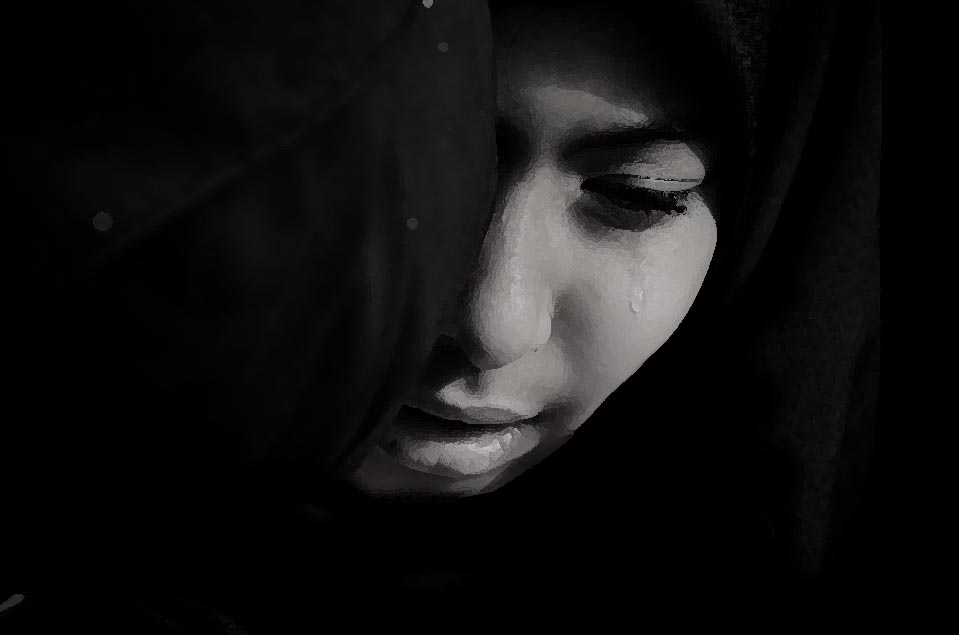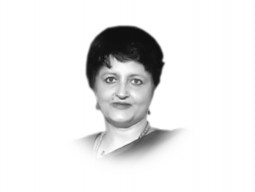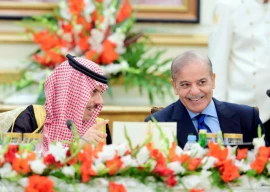
ISLAMABAD:
Although the number of reported cases of violence against women has decreased, a sharp rise in several forms of extreme violence has been noted, says a report.
The report, on violence against women (VAW), compiled by Aurat Foundation, a non-governmental organisation (NGO), was launched on Thursday.
The fifth annual report “Beyond Denial” for 2012 reveals alarming rise in extreme violence -- 144% increase in burning incidents, 89% rise in acid crime, 62% rise in domestic violence and 11% in murder. However all statistics have been compiled from newspapers, with no additional research to crosscheck the figures or put them in perspective.
The report contains data on VAW reported in Urdu, English and regional language dailies. Sharing the findings of the study, Dr Rakhshinda Parveen, the report’s writer and analyst, said in 2012, a total of 7,516 cases of VAW were reported in the country. These statistics are the lowest in the past five years, but still are just a tip of the iceberg.” However there was a 12% decline in the number of reported cases of VAW, but unfortunately, , she said while quoting figures from the report.
The interesting thing was that Dr Perveen recognised that the decrease in the number of reported cases of violence in 2012 might be due to a decrease in registration as well as reporting of such cases as the media was often overloaded with other news of violence due to political instability, particularly witnessed last year. This was pointed out by National Commission on the Status of Women (NCSW) Chairperson Khawar Mumtaz, who said, “The fact that the data on VAW was collected from newspapers is a weak point as it does not give a complete picture of the rate of violence against women.”
Surprisingly, Punjab remained on top with 4,766 cases, but this may be because women have easy access to law enforcement agencies, Dr Perveen said, without taking into account the fact that Punjab is also the most populous province. She added that Sindh had the second highest instances of VAW with 1,628 reported cases, Khyber-Pakhtunkhwa stood third with 674 cases, while Islamabad was fourth with 281 cases and Balochistan fifth with 167.
In 2012, abduction was the most frequently reported crime against women with 1,607 cases, followed by 1,745 murder cases, 989 domestic violence cases, 828 rape and gang cases, 575 suicide cases, 432 cases of honour killing, 58 sexual assault, 83 acid throwing, 71 burning and 1,134 miscellaneous cases, read the report.
Participants said that VAW was no more a private matter and the government should take speedy measures to help eliminate it.
PML-N MNA Arifa Khalid said women parliamentarians make an effort to push women-friendly legislation, but for this they face various forms of harassment. “Every day we become victim of workplace harassment, we have to bear abusive language used by some of our male colleagues during sessions.”
Dr Ambreen Ahmad, a child psychiatrist and adviser at Rozan, an NGO, said that VAW affects the mental health of women. They suffer from severe anxiety, depression, inferiority complex, phobia and post-traumatic disorders, she said. “Women exposed to domestic violence live in continuous fear.”
Mahreen Maqsood , deputy director of the Gender Crime Cell, said that the National Police Bureau has launched a police network across the country to make women police gender sensitive to better understand and tackle various forms of VAW, but she didn’t elaborate if the same initiative had been taken for their male colleagues.
“In times of war and conflict, violence against women is used as a weapon,” she said. She pointed out that most of the time, the media highlights certain forms and cases of violence and ignores the most pervasive ones. She said that NCSW is developing standardised indicators that could be used for future surveys and research to provide comparisons.
Published in The Express Tribune, August 30th, 2013.
COMMENTS (1)
Comments are moderated and generally will be posted if they are on-topic and not abusive.
For more information, please see our Comments FAQ

































































25 years of PML N rule leads to this